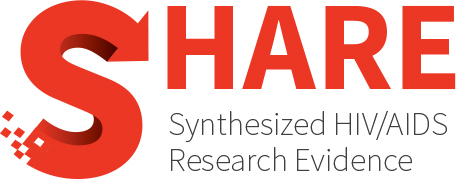Public perception of harm reduction interventions
Abstract
Key take-home messages
- Public opinion polls and surveys taken between 2003 and 2007 in Ontario, Quebec, British Columbia and nationwide in Canada, have found majority support for harm reduction programs, including heroin-assisted treatment (HAT) and supervised injection facilities (SIFs).
- Positive public perception of harm reduction programs often involved an acknowledgement that drug addiction and drug-related issues, such as poverty, disease and crime, requires a pragmatic solution beyond drug enforcement and control.
- Negative public perception was usually based on a concern that these programs condone and even promote illegal drug use, attract people who use drugs and bring violence into local communities of program sites, and would do nothing to re-integrate people who use drugs back into society.
- There have been several studies and in-depth analyses on successful, and unsuccessful, experiences with addressing and changing negative public perceptions of harm reduction interventions.
- Successful strategies often involved: public education about both the immediate goals (save lives and improve public amenity) and long-term goals (cessation of drug use and re-integration); eliciting endorsement from respected public figures and organizations; and remodeling the debate around illegal drug use to one based on morals and public health, rather than on drug policy and enforcement.
- Unsuccessful strategies often appeared to be the result of insufficient knowledge transfer in and consultation with communities; negative portrayals and messaging in the media; and non-local and culturally insensitive approaches.
Authors
The Ontario HIV Treatment Network: Rapid Response Service
Year
2012
Topics
- Population(s)
- Other
- Prevention
- Drug use behaviours/harm reduction
